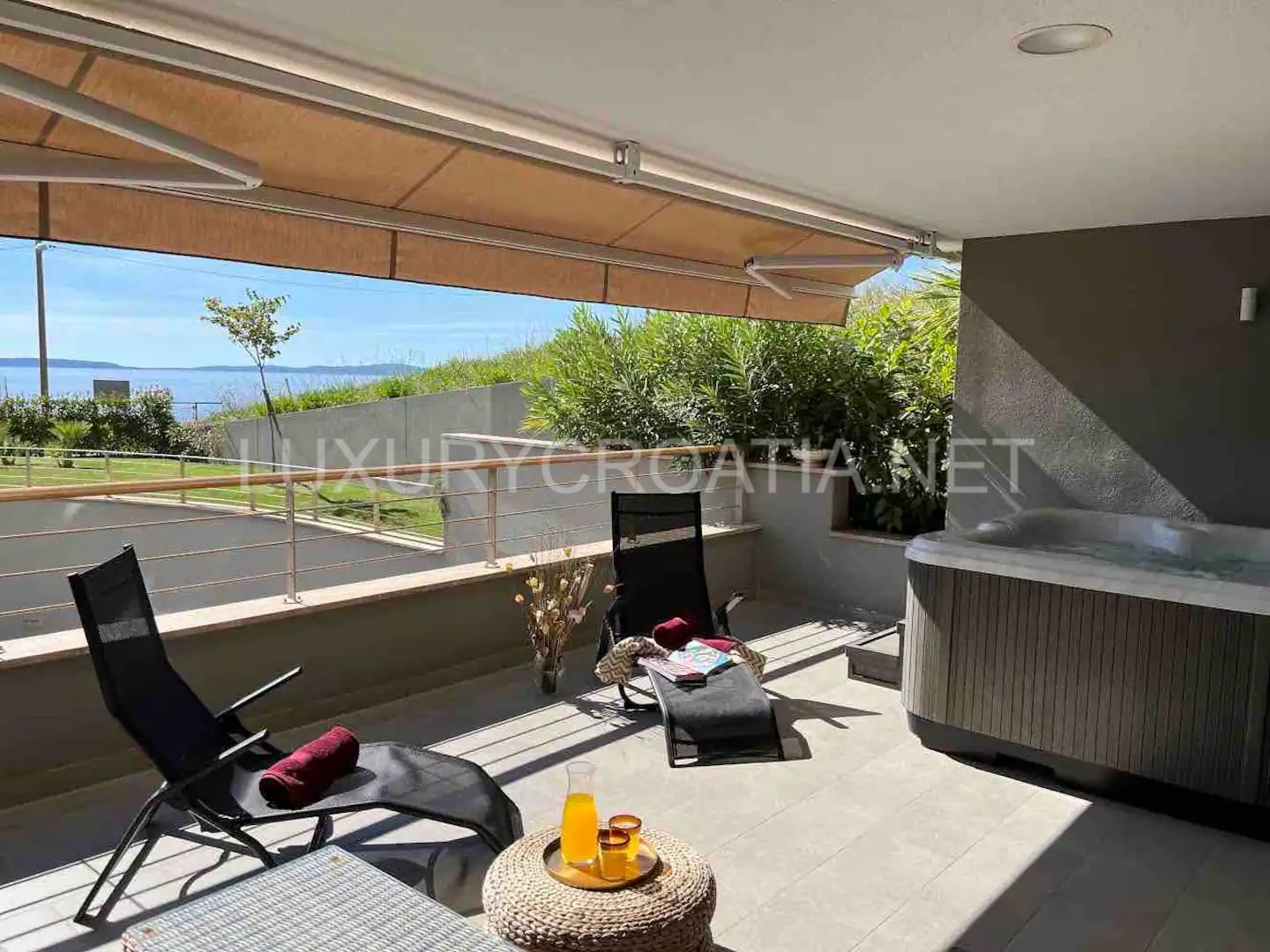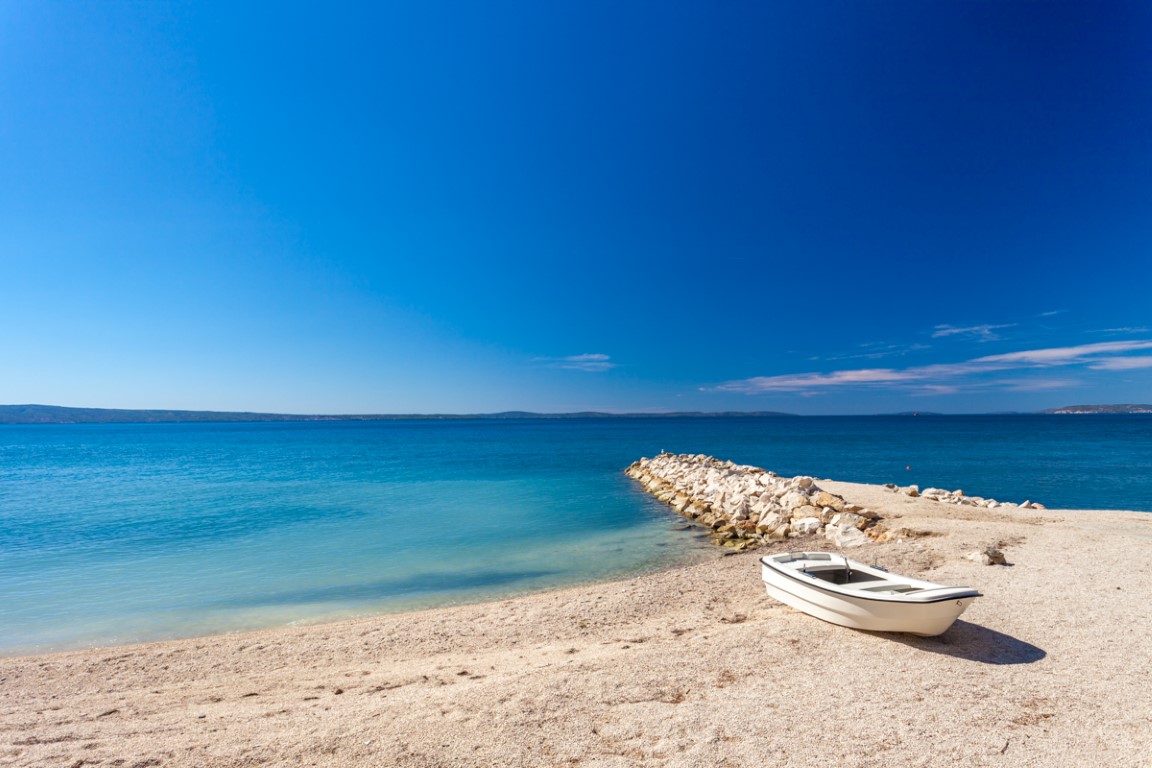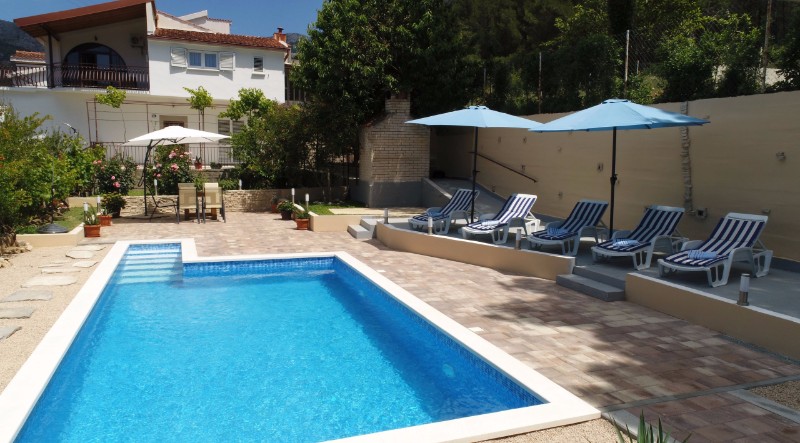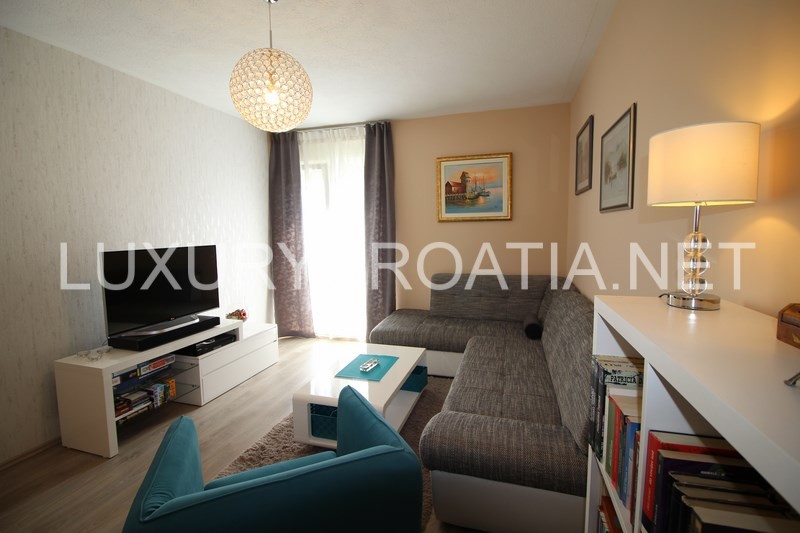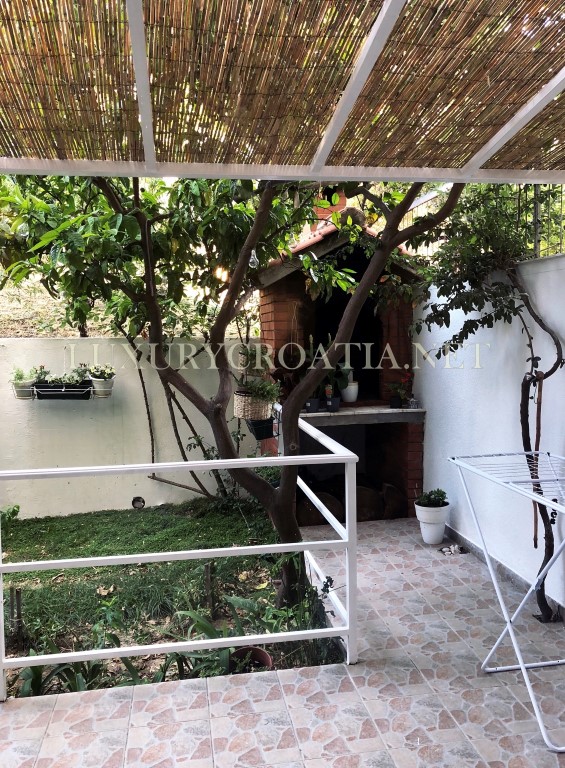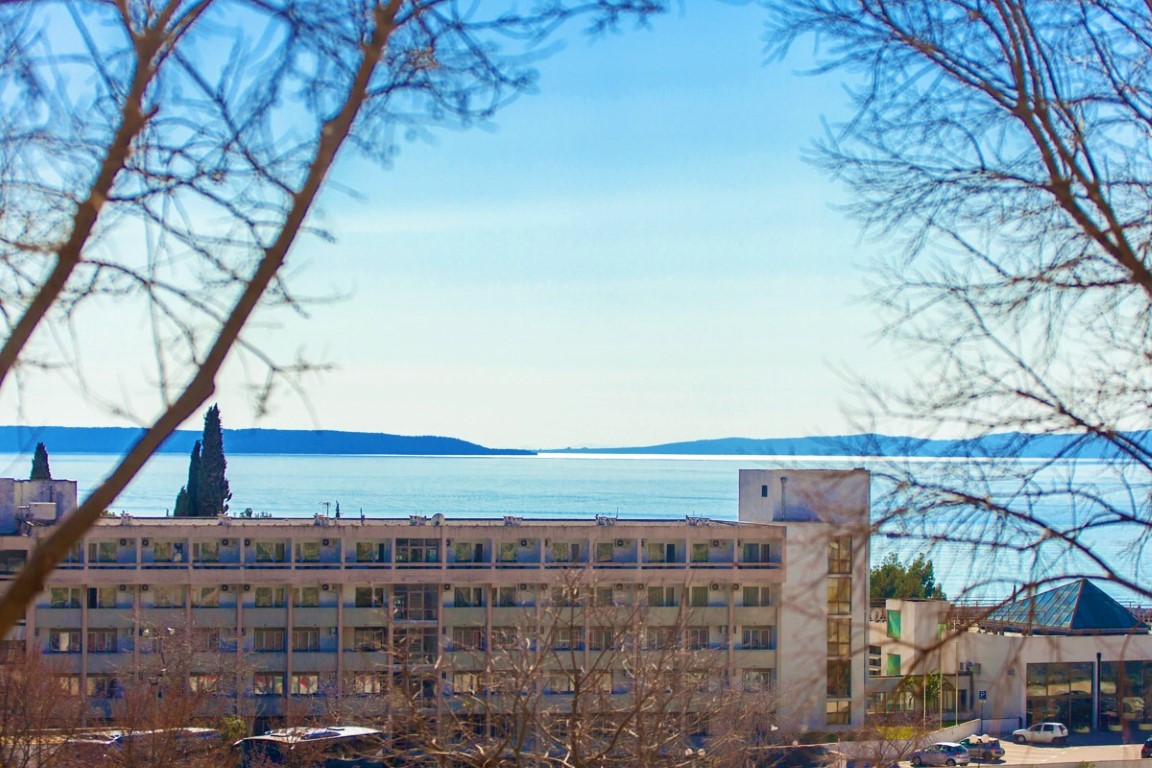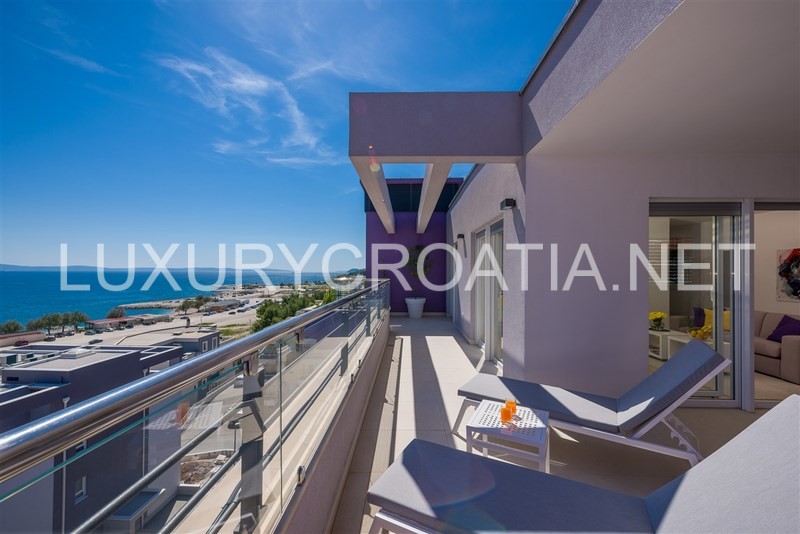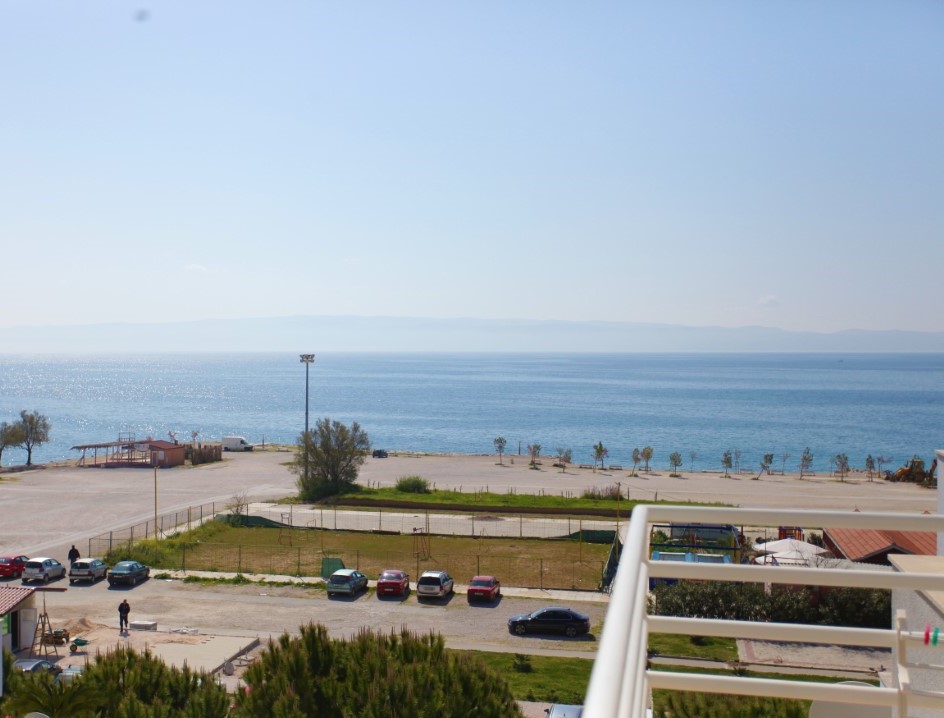SOLD:Apartment for sale, Pazdigrad, Split
-
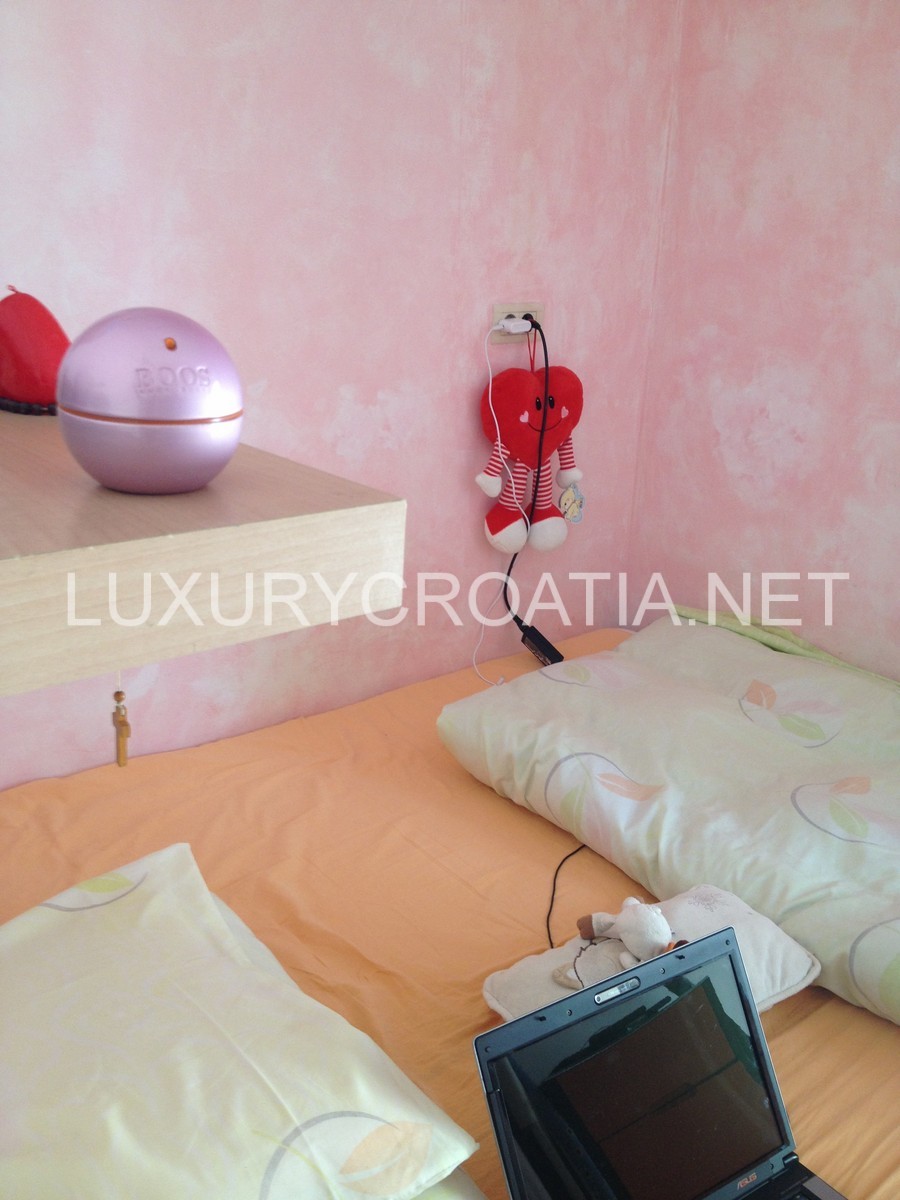 click on image to enlarge Apartment for sale, Pazdigrad, Split (5)
click on image to enlarge Apartment for sale, Pazdigrad, Split (5)
-
 click on image to enlarge Apartment for sale, Pazdigrad, Split (4)
click on image to enlarge Apartment for sale, Pazdigrad, Split (4)
-
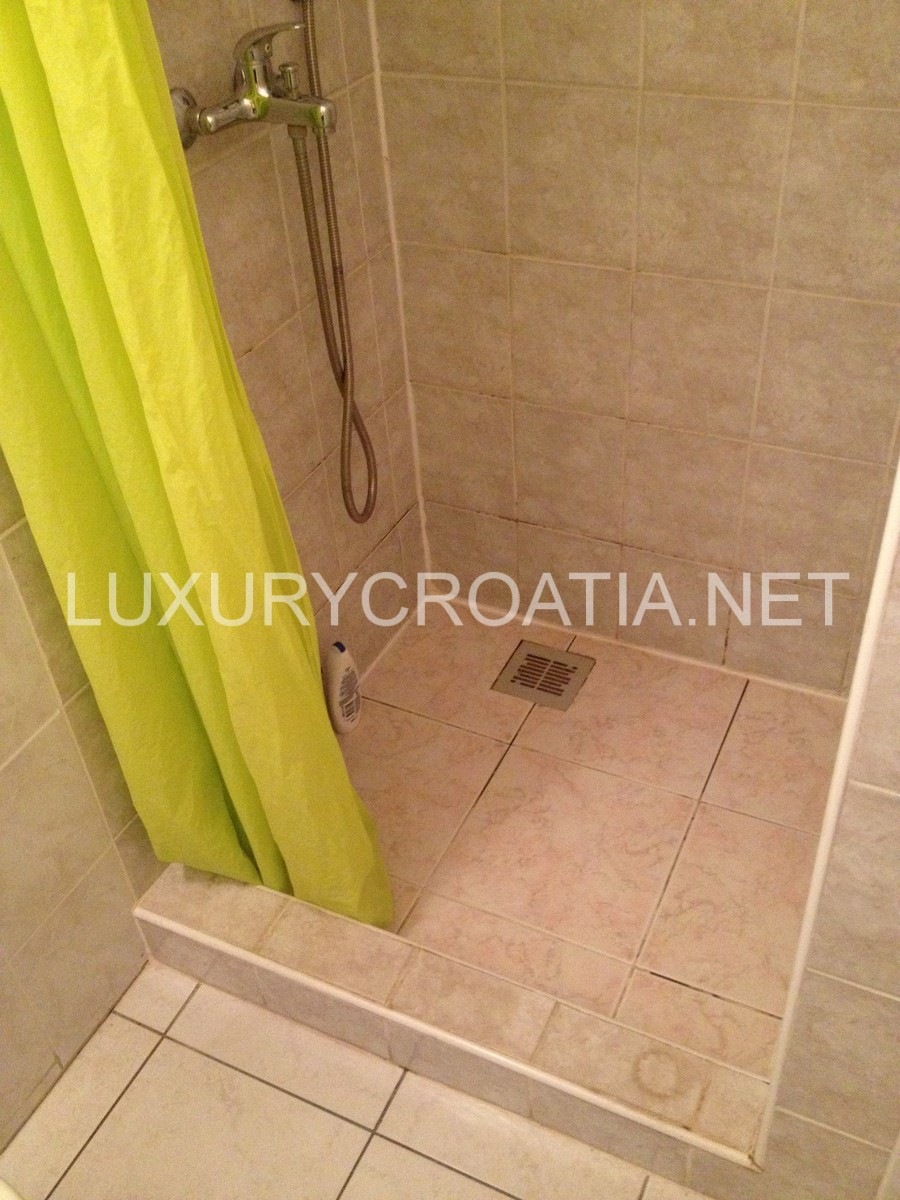 click on image to enlarge Apartment for sale, Pazdigrad, Split (3)
click on image to enlarge Apartment for sale, Pazdigrad, Split (3)
-
 click on image to enlarge Apartment for sale, Pazdigrad, Split (2)
click on image to enlarge Apartment for sale, Pazdigrad, Split (2)
-
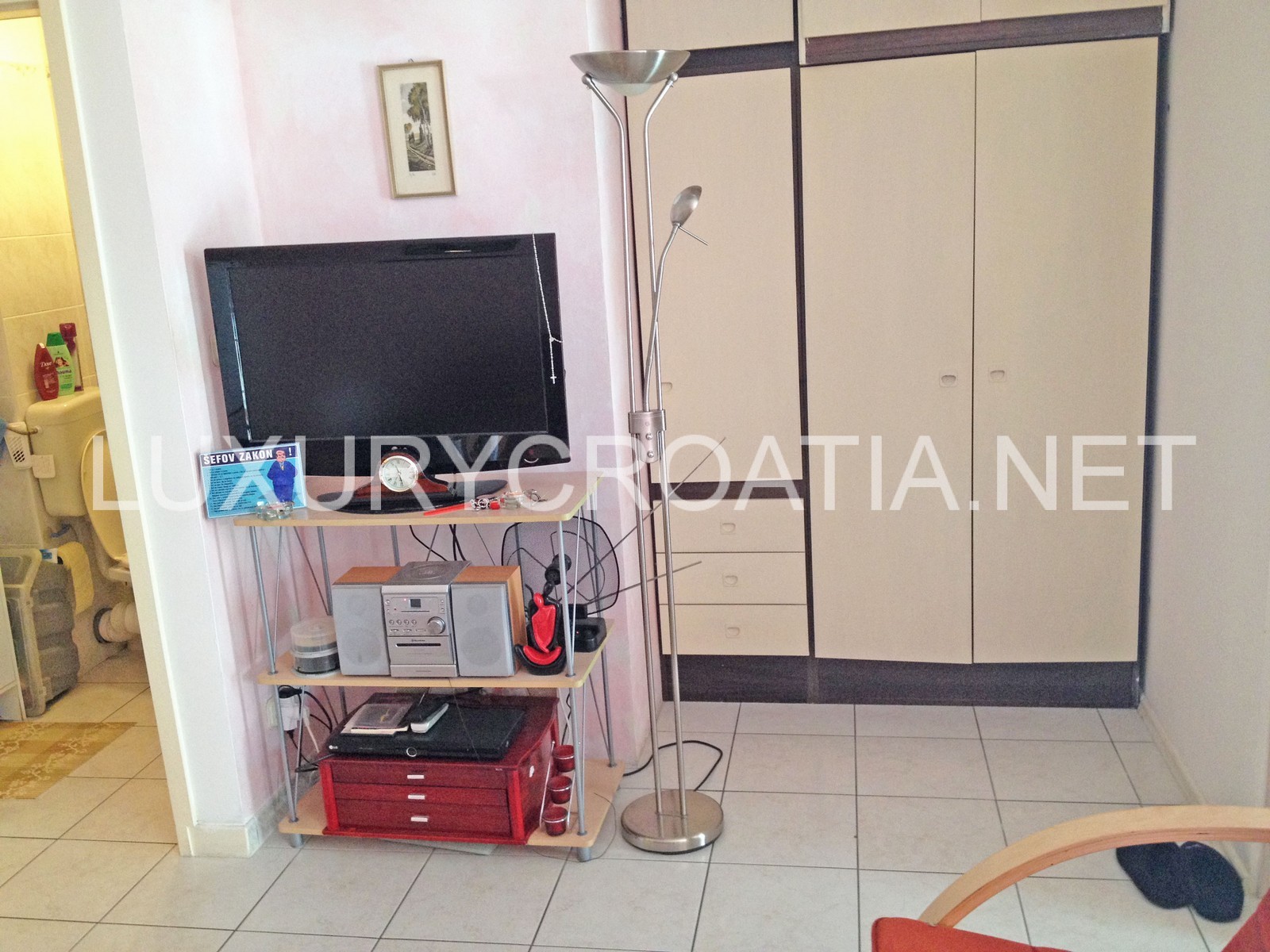 click on image to enlarge Apartment for sale, Pazdigrad, Split
click on image to enlarge Apartment for sale, Pazdigrad, Split
-
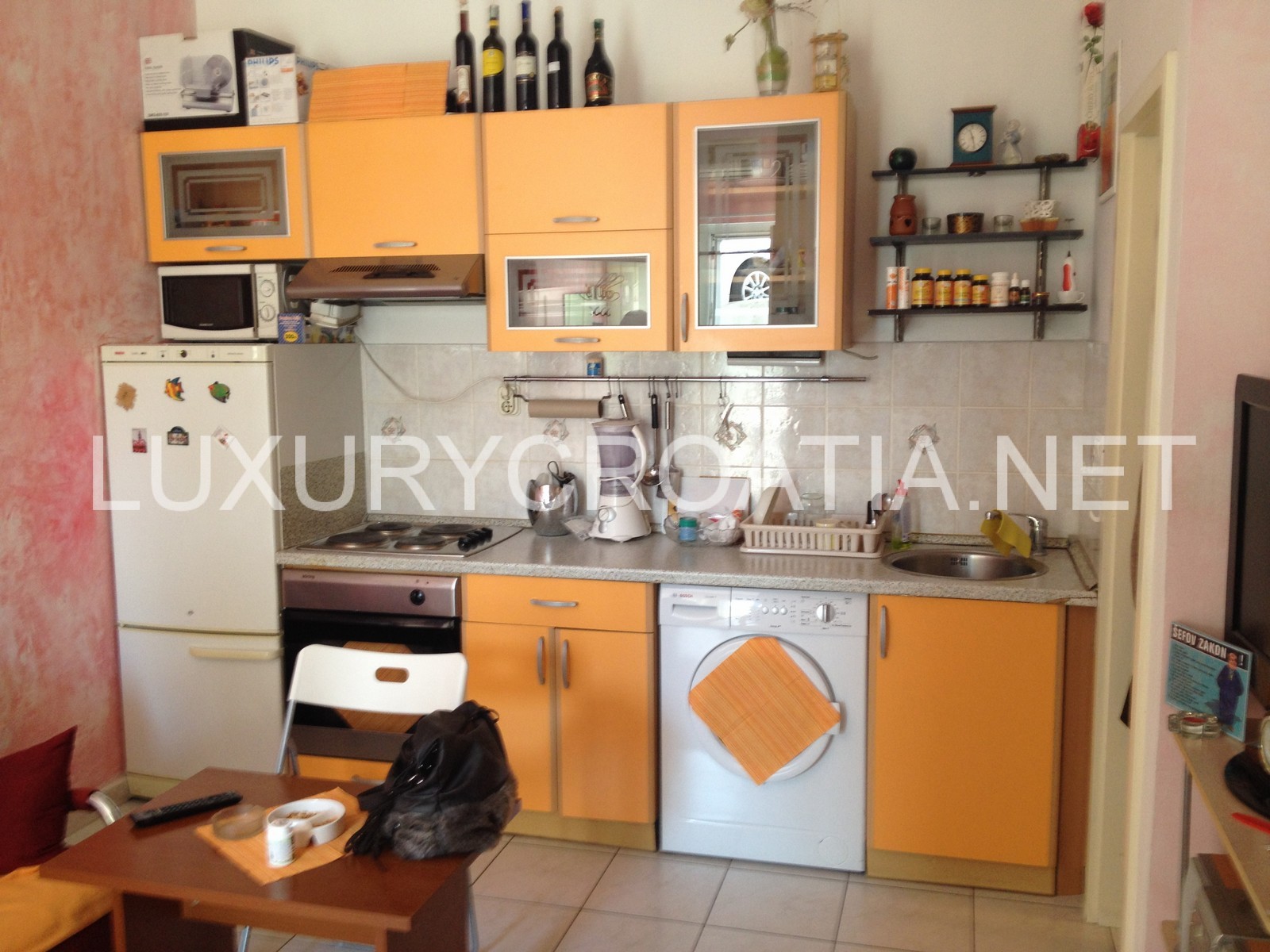 click on image to enlarge Apartment for sale, Pazdigrad, Split (9)
click on image to enlarge Apartment for sale, Pazdigrad, Split (9)
-
 click on image to enlarge Apartment for sale, Pazdigrad, Split (8)
click on image to enlarge Apartment for sale, Pazdigrad, Split (8)
-
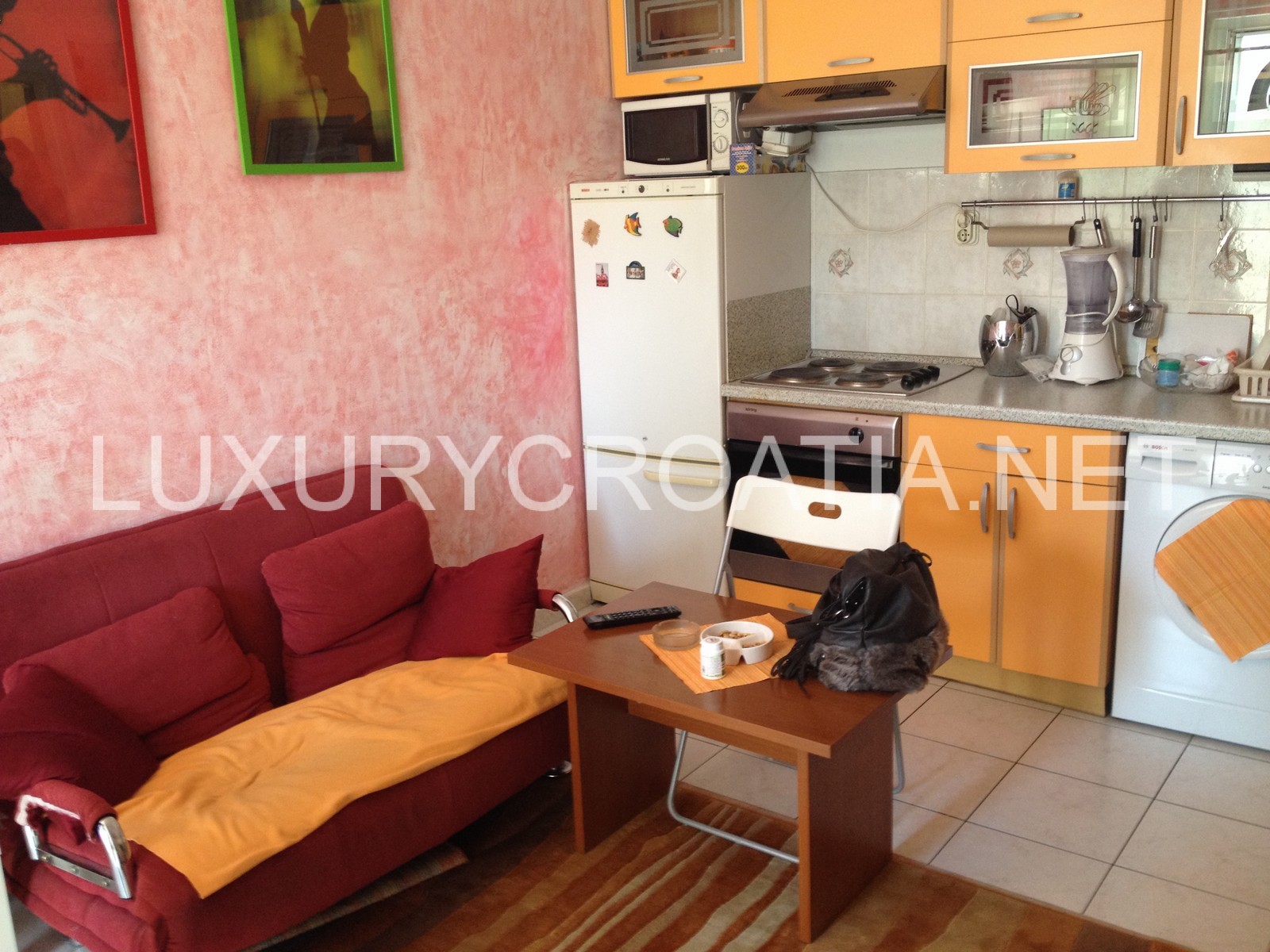 click on image to enlarge Apartment for sale, Pazdigrad, Split (7)
click on image to enlarge Apartment for sale, Pazdigrad, Split (7)
-
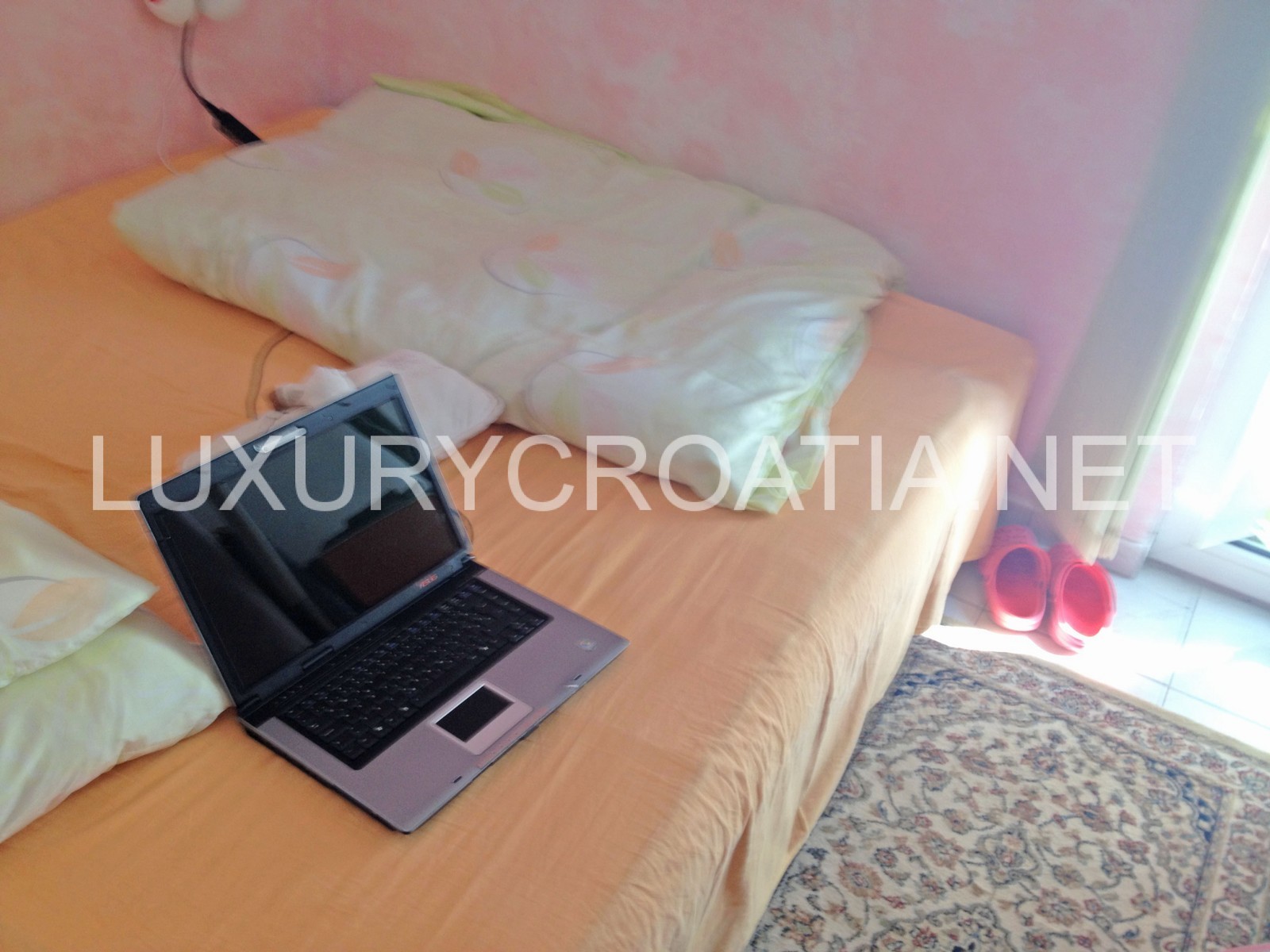 click on image to enlarge Apartment for sale, Pazdigrad, Split (6)
click on image to enlarge Apartment for sale, Pazdigrad, Split (6)
Property Details:
- Categories: Apartment, SOLD
- Square meters: 30
- Features: 3% Agency Commission
- Amenities: Equipped Kitchen, Terrace, Under 250m to the Sea Front
- Air Conditioning: A/C
About this Property:
(A-PZ-STU)
Apartment for sale, Pazdigrad, Split
SOLD!!!
Nice small apartment in Pazdigrad area in Split. Located in the ground floor in residential building. Outside of apartment is terrace. It consists of one bedroom, bathroom and living room with kitchen. It is furnished and has air conditioning. Distance from the sea is 150-200 meters. Pazdigrad is beautiful and quiet area in Split.
Split:
The first inhabitant of Split was the Roman emperor Diocletian who started to build his palace in this friendly bay around 293 AD. After his abdication he withdrew to this luxurious palace of about 30 thousand square meters.
The following turbulent centuries made the palace into a town first populated by the citizens of the nearby Salona, fleeing before Avars and Slavs. The town overgrew the walls of the palace and its authorities kept changing – from Croatian kings in 10th century AD, Hungarian and Venetian administration, to French rulers and Austro-Hungarian monarchy.
Such past left its traces combined in the town everyday life. The city, however, went on remaining the centre of this part of the coast till our day. This mixture of historic layers brought some clumsiness and some things done too fast but today all that makes a part of its originality.
Split is the largest Dalmatian city, the second-largest urban centre in Croatia, and the seat of Split-Dalmatia County. The city is located on the shores of the Mediterranean, more specifically on the eastern shore of the Adriatic Sea, spreading over a central peninsula and its surroundings, with its metropolitan area including the many surrounding seaside towns as well. An intraregional transport hub, the city is a link to the numerous surrounding Adriatic islands and the Apennine peninsula, as well as a popular tourist destination.
Split is also one of the oldest cities in the area, and is traditionally considered just over 1,700 years old, while archaeological research relating to the ancient Greek colony of Aspálathos (6th century BC) establishes the city as being several hundred years older.
The ancient city is named after the Spiny Broom (Calicotome villosa; brnistra or žuka in modern Croatian), a common shrub in the area. The 6th century BC Greek colony of Aspálathos (Aσπάλαθος) or Spálathos (Σπάλαθος), from which the city originates, was named after the common plant. As the city became a Roman possession, the Latin name became “Spalatum”, which in the Middle Ages evolved into “Spalatro” in the Dalmatian language of the city’s Roman population. The South Slavic version became “Split”, while the Venetian italianized version was “Spalato”. During the early 19th century, the name was “Spljet”, and finally “Split” once more.

